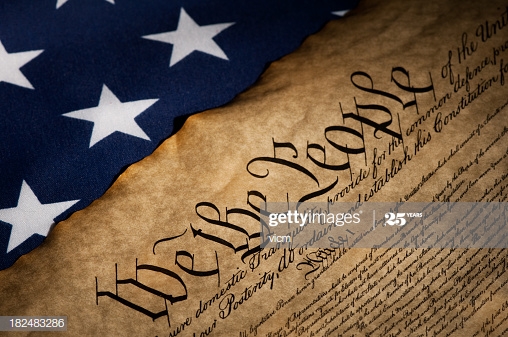
11th Grades students presented the changes the USA went through in the early and late 1800s. After their independence and civil war, a second wave of industrialization hit the country and it led them to, what became know as the second industrial Revolution.
The Industrial Revolution permanently altered the U.S. economy and set the stage for the United States to dominate technological change and growth in the Second Industrial Revolution in its Gilded Age. The Industrial Revolution also saw a decrease in the rampancy of labor shortages which characterized the U.S. economy in the late 18th and early 19th centuries. This was because there was a “transportation revolution” that happened in the same period, which was massively important due to the sheer size and low population density of the U.S. at the time, connecting population centers such as through the Wilderness Road and the Erie Canal, coupled with the development of steamboats and rail transport, allowing for the phenomenon of urbanization to begin which increased the labor force available around larger cities such as New York City and Chicago, ameliorating the classic American labor shortages of the time. This also allowed for the quicker movement of resources and goods around the country, drastically increasing trade efficiency and output, while allowing for an extensive transport base for the U.S. to grow from in the Second Industrial Revolution.
